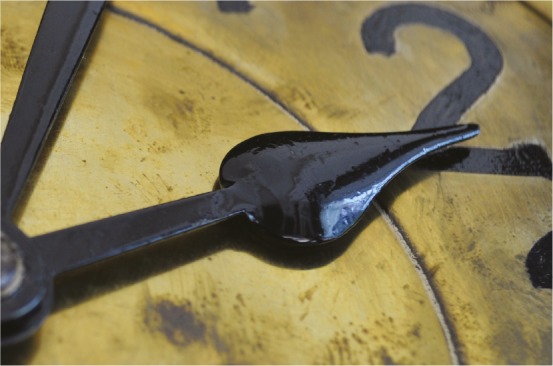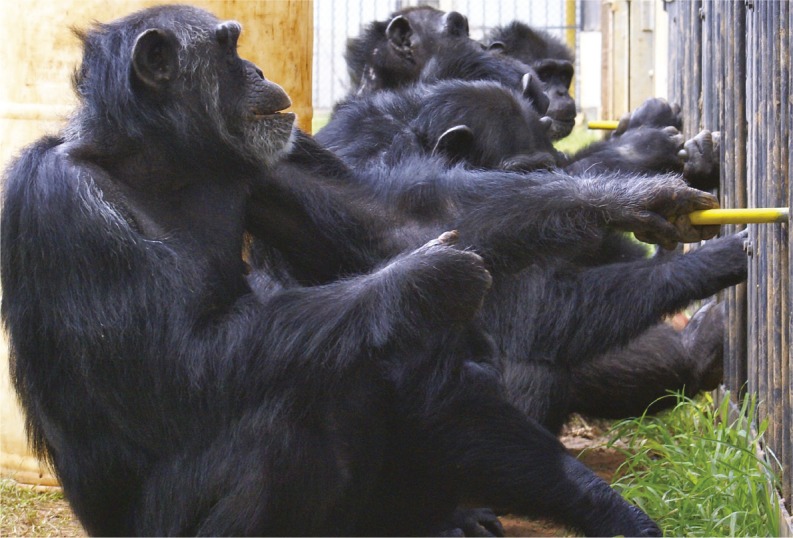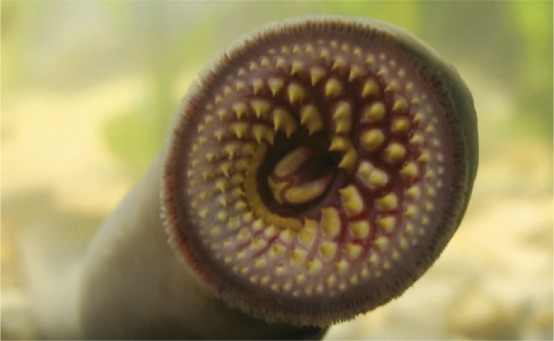Improving drought prediction using plant transpiration

Transpiration affects soil drought stress. Image courtesy of Pixabay/Unsplash.
Plants open leaf pores to absorb CO2, but the process results in a simultaneous loss of water into the atmosphere. Researchers have hypothesized that increasing atmospheric CO2 levels may reduce plant water loss in relation to carbon uptake, potentially resulting in increased soil moisture and drought curtailment. To predict how future shifts in transpiration might alter drought stress, Abigail Swann et al. (pp. 10019–10024) compared drought stress predictions from the Palmer Drought Severity Index, which does not incorporate the effect of CO2 on transpiration, with a drought index that accounts for CO2-forced transpiration changes. The Palmer Drought Severity Index predicts that drought stress will likely increase across more than 70% of global land area in the future, but this value drops to 37% for the drought index with CO2-forced transpiration shifts. Both metrics indicate that drought stress is likely to increase across southern North America, northeastern South America, and southern Europe—regions with decreasing precipitation. However, the index with CO2-forced transpiration shifts suggests that drought stress is likely to decrease in temperate Asia and central Africa. According to the authors, drought indices that account for plant physiological responses to atmospheric CO2 could reduce uncertainties in drought estimates and improve forecasts for agriculture, water resources, and wildfire risk. — L.C.
Circadian rhythms and viral infections

Time of viral infection can influence disease progression. Image courtesy of Skitterphoto.
Disruption of an organism’s circadian rhythm can influence its immune response, but the effects of hosts’ circadian rhythms on the progression of viral diseases remain unclear. Rachel Edgar et al. (pp. 10085–10090) infected mice as well as mouse fibroblasts with herpesvirus at different times during the day. Compared with mice infected at the onset of their active phase, corresponding to a period of darkness, mice exposed to the virus at the beginning of their resting period, corresponding to a period of light, exhibited 10-fold higher viral replication. Similarly, time of infection influenced viral replication in mouse fibroblasts, suggesting that the cellular circadian clock controls viral disease progression. Furthermore, the disruption of the key clock gene Bmal1 enhanced herpes infection in mice as well as mouse fibroblasts and influenza A virus infection in mouse fibroblasts. Proteomic analyses suggested that intracellular protein trafficking, biosynthetic processes, protein synthesis, and chromatin assembly may contribute to the circadian regulation of viral infections. According to the authors, the findings suggest that circadian cycle disruptions can influence the severity of viral infections, and may represent a potential tool for modulating viral replication in hosts. — L.C.
How chimpanzees control competition

Chimpanzees pull at the cooperation apparatus.
Competition among humans is restrained by a variety of flexible enforcement strategies. Malini Suchak et al. (pp. 10215–10220) tested whether chimpanzees, one of humans’ closest relatives, are capable of using similar strategies to inhibit competition. A group of 11 outdoor-housed chimpanzees was presented with a task in which two or three chimpanzees were required to pull an apparatus simultaneously to receive rewards. The chimpanzees were free to choose their own partners, allowing opportunities for cooperation or freeloading. Despite a high level of competitiveness in early sessions, overall cooperative interactions were at least five times as likely as competitive interactions. The observed ratio of 5:1 is also typical of human cooperative enterprises. Freeloading entailed attempted thefts of another individual’s reward. Most attempts at freeloading were met with one or more enforcement mechanisms, such as protest, aggression, or third-party intervention, or other strategies, such as ceasing to pull until the freeloader departed or by withdrawing from the apparatus. By the end of the study, interactions were almost entirely cooperative. According to the authors, the results suggest that chimpanzees can promote cooperation by inhibiting competition. — B.D.
Live imaging of biofilm growth
The growth of bacterial communities known as biofilms on a wide variety of surfaces can pose serious threats to human health. Despite decades of study, the mechanisms by which these communities aggregate, grow, and persist remain unclear, particularly at the scale of individual cells. Jing Yan et al. (pp. E5337–E5343) describe a principal driving force that guides biofilm architecture, using live single-cell resolution imaging combined with mutagenesis and in situ matrix labeling. The authors used a custom spinning disk confocal fluorescence microscope to track individual Vibrio cholerae cells growing from a single founder into mature biofilm communities of 10,000 cells. The authors demonstrate that the proliferation of the rod-shaped bacteria along their long axes, coupled with surface-associated compression, determines the global architecture of V. cholerae biofilms. These two factors work together to force a transition from predominantly two dimensions to three dimensions. The authors report that cells initially expand as flat branches and subsequently reorient to seed 3D growth into vertically stacked domes. Cell-to-cell adhesion, mediated by the RbmA protein, propels the dense growth mode as opposed to being driven by extracellular matrix expansion. This division-directed process provides the growing biofilm with strong mechanical properties, according to the authors. — T.J.
Genetic basis of origin of paired appendages

Sea lamprey, a jawless vertebrate. Image courtesy of iStockphoto/PEDRE.
Jawed vertebrates possess two sets of paired appendages, such as pectoral and pelvic fins, whereas living jawless fish, such as lampreys and hagfish, lack paired fins. Yet the fossil record holds traces of now-extinct jawless fish with pectoral but not pelvic fins. To explore the origin of paired appendages, Noritaka Adachi et al. (pp. 10115–10120) compared the expression patterns of Tbx5 and Tbx4/5—genes implicated in the formation of pectoral appendages—in an array of vertebrates. The authors found that the expression of Tbx4/5 is restricted to the embryonic heart in jawless vertebrates, whereas in jawed vertebrates Tbx5 expression extends beyond the heart and gill regions in a posterior direction. Molecular analysis suggested that a gene expression-regulating element called an enhancer that is located near the Tbx5 gene underlies the observed expression pattern. When the enhancer was engineered to drive the expression of the tbx5a gene in a jawed vertebrate, namely a zebrafish mutant called heartstrings, which lacks tbx5a expression and pectoral fins, the intervention restored the development of pectoral fin buds in the mutant fish. Combined with fossil evidence from the Paleozoic era, the findings suggest that altered patterns of Tbx5 regulation may hold a key to the origin of paired appendages early in vertebrate evolutionary history, according to the authors. — P.N.


